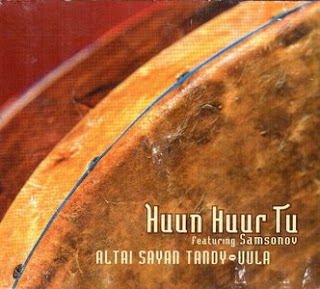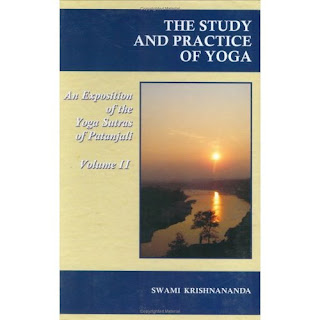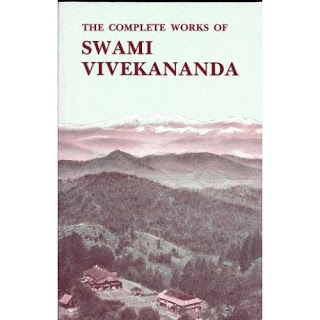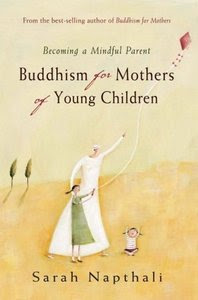 Synthesis of Yoga - Sri Aurobindo
Synthesis of Yoga - Sri Aurobindo"Truth of philosophy is of a merely theoretical value unless it can be lived, and we have therefore tried in The Synthesis of Yoga to arrive at a synthetical view of the principles and methods of the various lines of spiritual self-discipline and the way in which they can lead to an integral divine life in the human existence". Index.
The Synthesis of Yoga first appeared serially in the monthly review Arya between August 1914 and January 1921. Each instalment was written immediately before its publication. The work was left incomplete when the Arya was discontinued. Sri Aurobindo never attempted to complete the Synthesis; he did, however, lightly revise the Introduction, thoroughly revise all of Part I, “The Yoga of Divine Works”, and significantly revise several chapters of Part II, “The Yoga of Integral Knowledge”. More than thirty years elapsed between the first appearance of the Synthesis in the Arya and the final stages of its incomplete revision. As a result, there are some differences of terminology between the revised and unrevised portions of the book.
In 1948 the chapters making up “The Yoga of Divine Works” were published as a book by the Sri Aurobindo Library, Madras. No other part of The Synthesis of Yoga appeared in
book-form during Sri Aurobindo’s lifetime. In 1955 an edition comprising the Introduction and four Parts was brought out by the Sri Aurobindo International University Centre. The present edition, which has been checked against all manuscripts and printed texts, includes for the first time the author’s revisions to the Introduction and Chapters XV– XVII of Part II, and an incomplete continuation of Part IV entitled “The Supramental
Time Consciousness”.
Uploading.com
Uploadbox.com
DepositFiles.com
















































